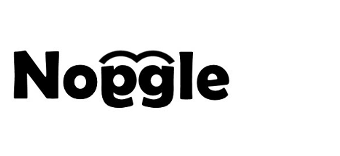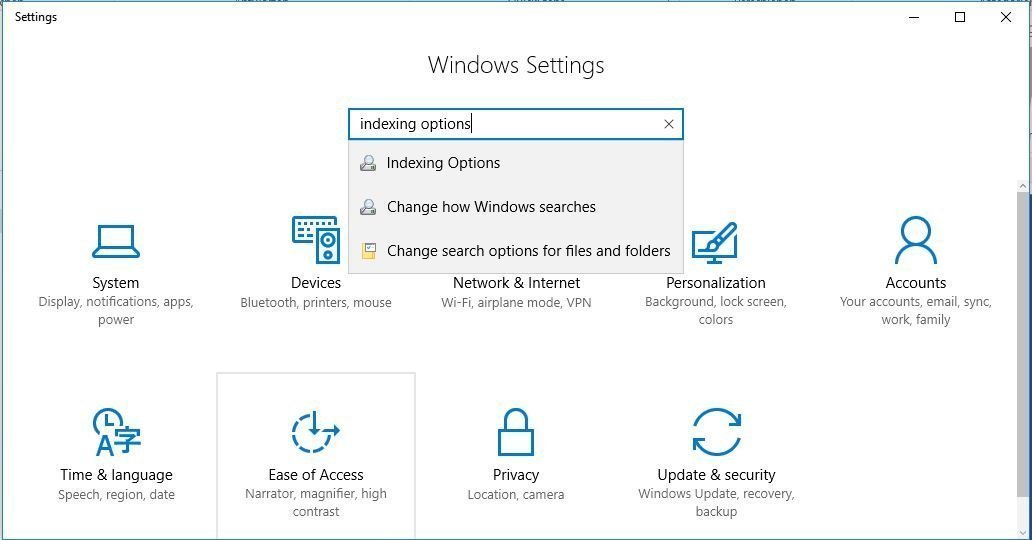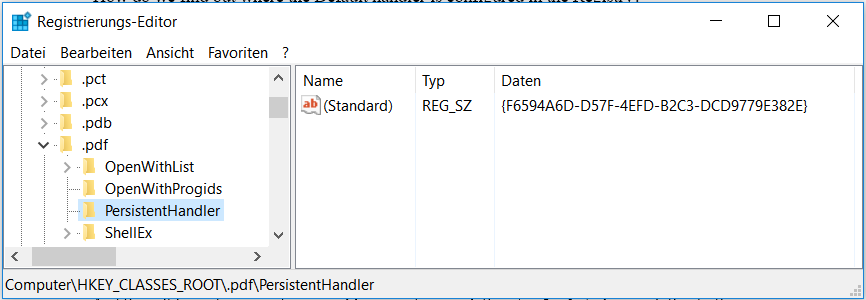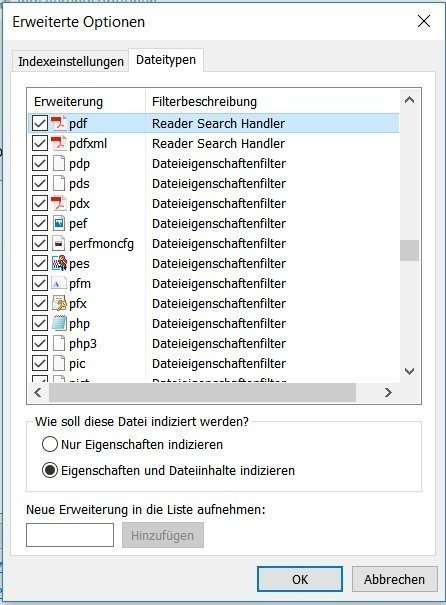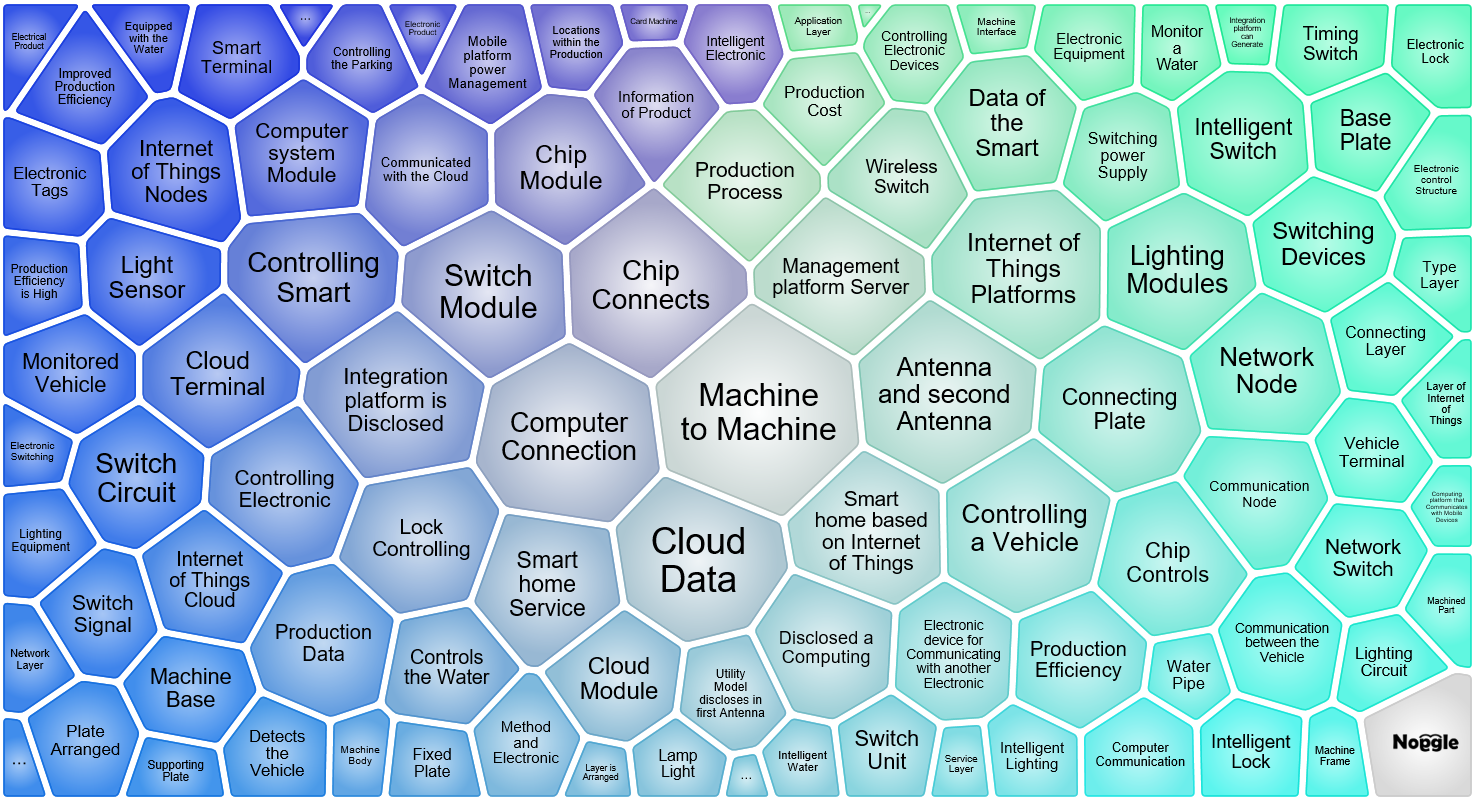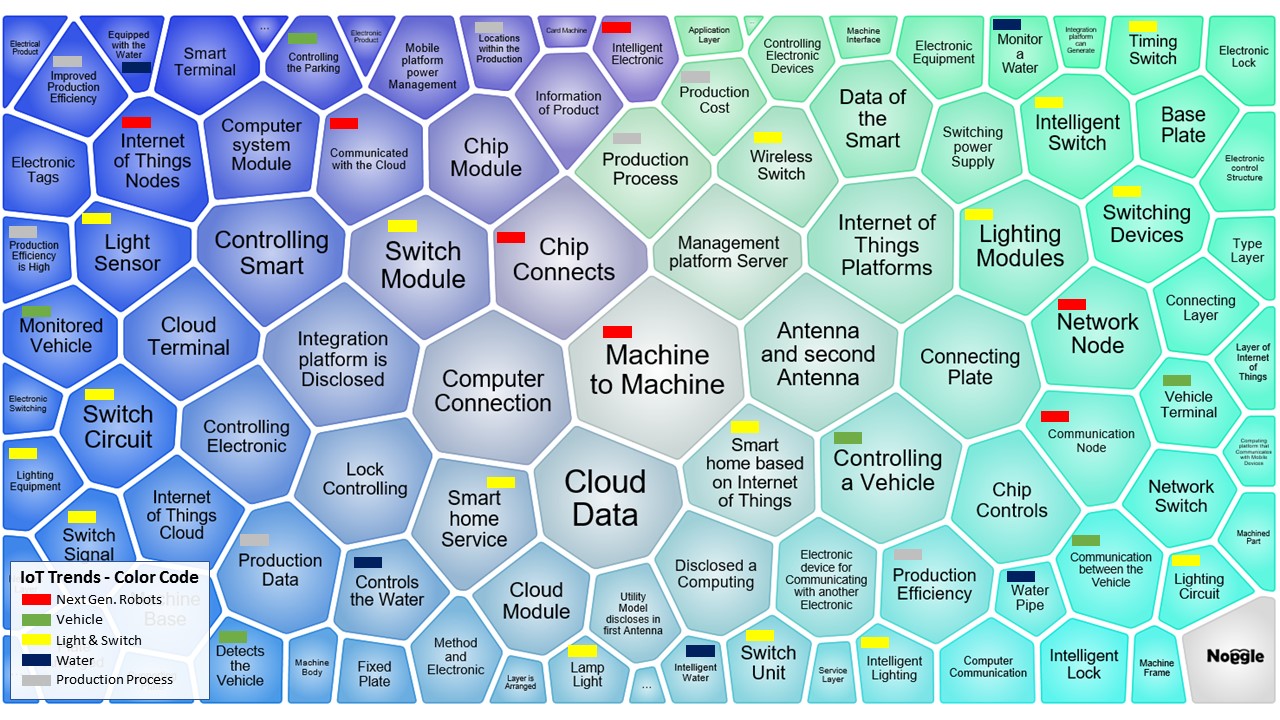The digital transformation for digital document management
How digital document management facilitates remote working and a connected culture
In a constantly evolving digital culture, work is no longer just a place that we go, stay for the allotted amount of hours, and then leave behind on our way out of the office door. Being constantly connected to each other, both socially and professionally, always having access to the world at large, and with limitless information at our fingertips, work is now an ongoing activity; from checking our communications in bed, to working on reports during our daily commute, work is now something that we can do at unconventional times, and from wherever we happen to be.
Today, work isn’t just a destination – it’s a concept that we (often literally) carry with us, and rarely switch off from.
Catching up on just one more email…
Of course, the digital era is both cause and effect for remote working and the pressure to always be available; it is the very boom in technology itself that has enabled us to receive, undertake and submit work without physically being at our desk. Because these options are now open to us, more and more workers are carrying out tasks in their own time, either by choice or perceived necessity as an addition to their heavy workloads and packed schedules. With ever-growing demands on our attention, it’s important that the technological systems we use support and maximize our endeavors, and enable us to filter out information noise, improve productivity and enable content sharing for the best use of our time.
The actively mobile Millennials
Less from obligation and more from preference, a new generation of employees actively expects remote working and digital connectivity as part of their role, wishing to work from a location, device and timetable of their choosing – or at the least, working with the latest tools. Even if they are required to be consistently present at their place of work, this demographic will not be impressed with outdated modes of internal file organisation, or sluggish systems. Having become so familiar with innovation within their personal lives, younger workers anticipate the same crossovers in their careers, looking to harness the capabilities and convenience of gadgets, apps and software to provide them with a level of flexibility and productivity unavailable to previous generations – a mindset that employers, and the technology they deploy, need to increasingly strive to facilitate.
The win-win of connecting people and information
Remote working and increased digital connectivity isn’t just an advantage for employees; businesses also benefit from these rapidly changing ways of keeping in touch and accessing content. Workers who are empowered to find the files they need on the move, and who have the freedom to ping ideas to their peers remotely, are likely to attain higher levels of productivity, and be happier with their working circumstances. Embracing digital approaches to accessing and sharing work also attracts young, tech savvy workers who bring their own visions and fresh ideas, complimenting an existing and experienced team.
Giving workers access to office assets – wherever they are.
Workers may have less of a physical presence within the traditional office space, but what about the information we usually store within our workplace buildings and business spaces? Working remotely may suit your employees, and your organisation, but they will still need access to the host of documents and knowledge that form the backbone of your business, and that are kept on-site – even when your workers are not. By selecting the right digital document management solution, you’ll be giving your employees remote access to a solid base from which to source the information they need, research topics and receive recommendations, and share and collaborate with colleagues on ideas and projects. Even when remote working isn’t enabled, using technology to bring together files from disparate locations via a secure network will save time and effort in sourcing relevant content, and create a connected digital document management structure for interpreting information, immediate exchanges of ideas and knowledge sharing.
The digital transformation for digital document management
With worker expectations shifting, and a technology-led climate dictating the way we work and do business, organisations need to implement a digital strategy that responds to these changes and keeps pace with the marketplace.
Knowledge and information, and the documents that contain them, are still the core assets of your enterprise and its culture, and ensuring that you have the right digital approach to curating, locating, utilizing and sharing these files is key in giving your workers the data, and inspiration they need, at their fingertips.
A tech savvy workforce demands that manual processes for document management are automated, and that the ongoing boom in digital content production is supported for improved workflow efficiencies and convenient retrieval. In truth, document management is changing at unprecedented speed, and in order to fulfill the needs of your highly-connected workers, and to provide maximum efficiencies for your business, you need to be adopting the appropriate technology to harness the power of the digital working landscape and ensure you’re keeping up.
Noggle is the knowledge management solution that empowers any time working.
With an increasingly varied approach to working, you need digital document management software that keeps your workers connected to the knowledge they need, as soon as they need it. Noggle creates a secure peer network that syncs and connects disparate locations, so that locating and retrieving files is now the work of moments, not minutes, allowing employees to find and share document libraries. Search and share new depths of content for the digital age, and easily collaborate on inspiring ways of working for a truly connected culture.
To see how Noggle could make a difference to the way that you manage the files that matter, just install our free trial!
